By Keely Smith, Design & Multimedia Specialist
Branding plays an influential role in setting a business up for success. A brand is more than just a logo – it is a visual representation of a business’ values and creates an entire customer experience from the visual identity and website to social media presence. So is yours working for you? Below are 5 signs your brand is due for a refresh.
-
Your brand looks outdated
Our world is certainly no stranger to change. With the adoption of new technologies, it is 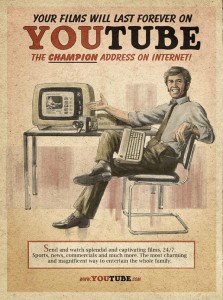 important to have a brand that moves a business forward and doesn’t hold it back. Having a “retro” identity may be intentional in some cases. However, if a brand is no longer effectively serving as a visual representation of your business and its vision and doesn’t communicate key messaging clearly, it’s time for an update.
important to have a brand that moves a business forward and doesn’t hold it back. Having a “retro” identity may be intentional in some cases. However, if a brand is no longer effectively serving as a visual representation of your business and its vision and doesn’t communicate key messaging clearly, it’s time for an update.
A complete overhaul is not always the solution. Minor adjustments to existing elements, like a change in color palette or typefaces used, are very simple and effective ways to give your brand a facelift. The goal is to achieve an identity that looks timeless.
-
Your brand is stunting growth
As a business grows, so should its brand. Let’s say a business changes its services offered – there has been a shift in target audience, or a new partnership has formed. A successful brand should reflect any modifications made. If the existing brand is no longer applicable to current growth and expansion, it’s time to go back and revisit the drawing board.
-
Your brand doesn’t add value
Are you an industry leader? Do you have outstanding customer service? Are you serious about what you do and what your business has to offer? Great! Your brand should represent everything you take pride in as a business.
A well-thought-out, well-designed brand can do wonders for paving the way to success. A brand creates a “visual reputation” and has a major influence on public perception. If you want your business to be taken seriously, you need to seriously invest in the development of your brand. It will set you apart from competitors and is a proactive way to add value to everything you do.
-
Your brand lacks consistency
Do you have five or more logos? Countless ways your brand is being used? Consistency is everything, and having too many brands or different logo elements displayed across different media platforms (web, social media, printed collateral, etc.) may hinder the message your business wishes to communicate. Less really is more when it comes to a visual identity. Excessive taglines, colors, gradients and drop shadows in graphic elements are a thing of the past. We have seen a shift in design trends from the overly flashy to the minimal and simplistic.
Although versatility is not a necessity, it provides an opportunity to establish a strong and consistent visual presence. You may have a visual element or icon associated with your brand, which could be used to create a background pattern for a website, for example. You can have a dynamic branding suite, yet maintain consistency and market your brand effectively.
-
Your brand was your latest DIY project
 There are countless platforms out there that allow anyone to create their own brand with the click of a button. Although this may be convenient and cost-effective, it runs the risk of projecting an unsuccessful or negative image. This is where investing in your brand pays off. It is important to work with a graphic designer when it comes to the development of your visual identity. Graphic design is an art form, and designers are constantly fine-tuning their skill. Designers specialize in visual communication and know how to deliver an intentional brand with a strong visual presence.
There are countless platforms out there that allow anyone to create their own brand with the click of a button. Although this may be convenient and cost-effective, it runs the risk of projecting an unsuccessful or negative image. This is where investing in your brand pays off. It is important to work with a graphic designer when it comes to the development of your visual identity. Graphic design is an art form, and designers are constantly fine-tuning their skill. Designers specialize in visual communication and know how to deliver an intentional brand with a strong visual presence.
It all goes back to what you are trying to accomplish as a brand. Consistency is critical, and your branding should reflect that. Whether you’re a big corporation or a small startup, these tips will help you decide if a refresh is right for you.
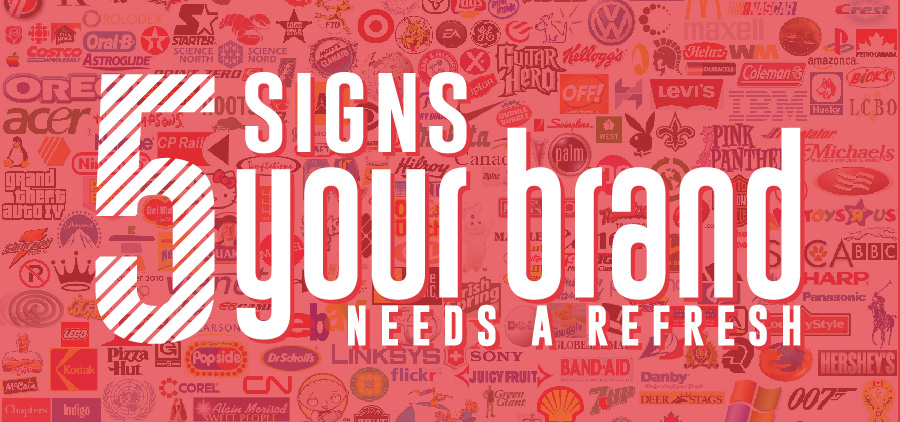

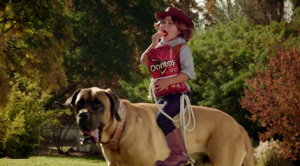


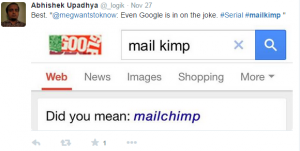
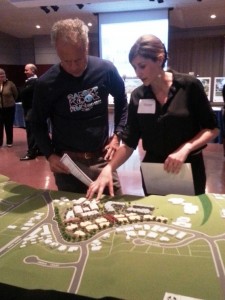
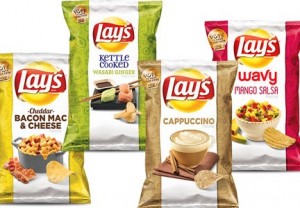
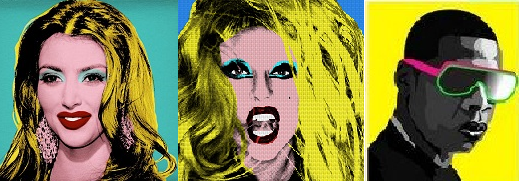

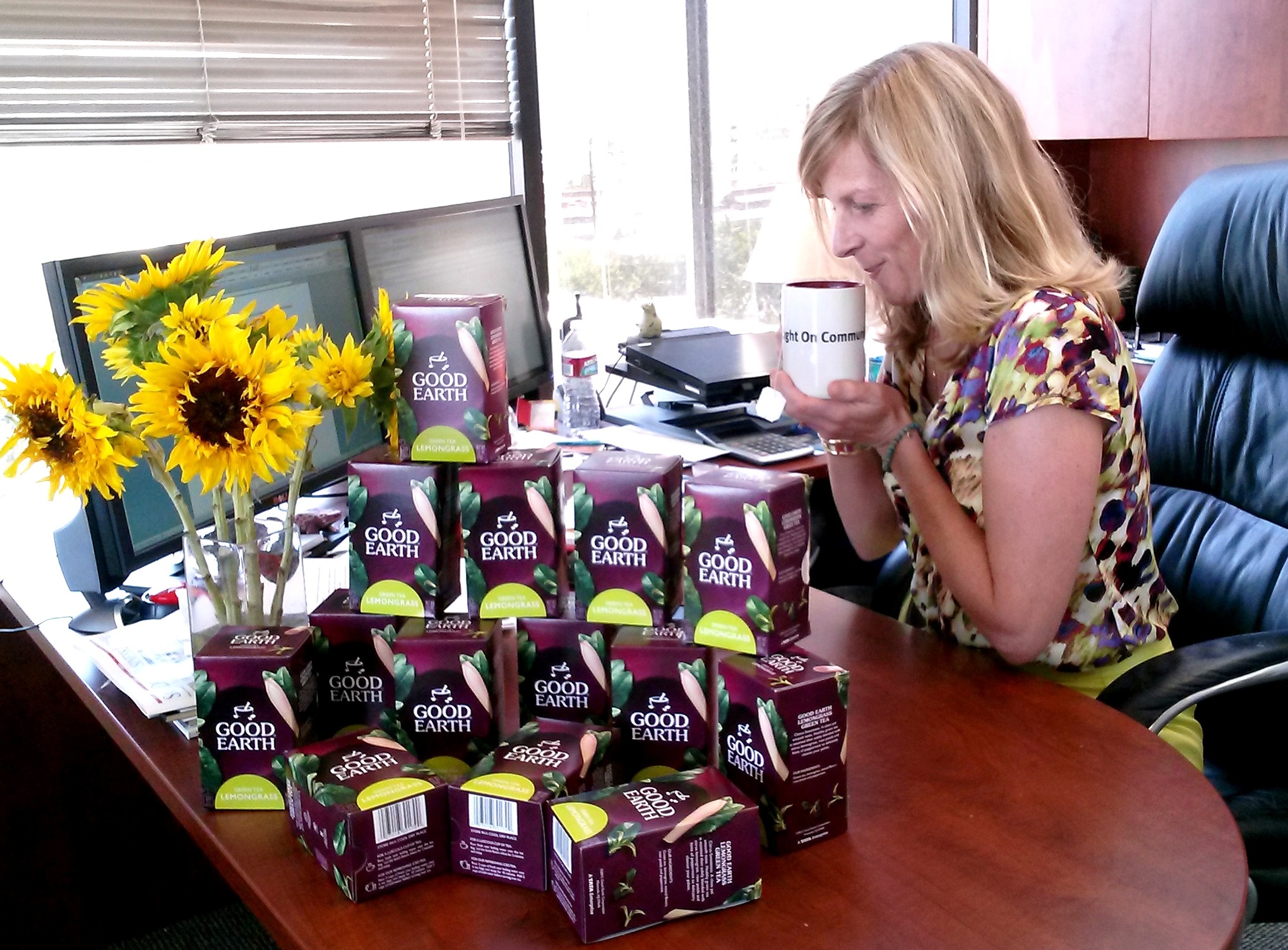
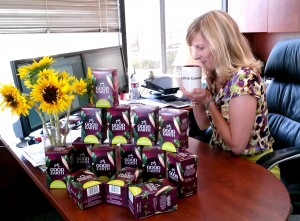

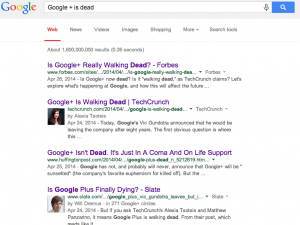
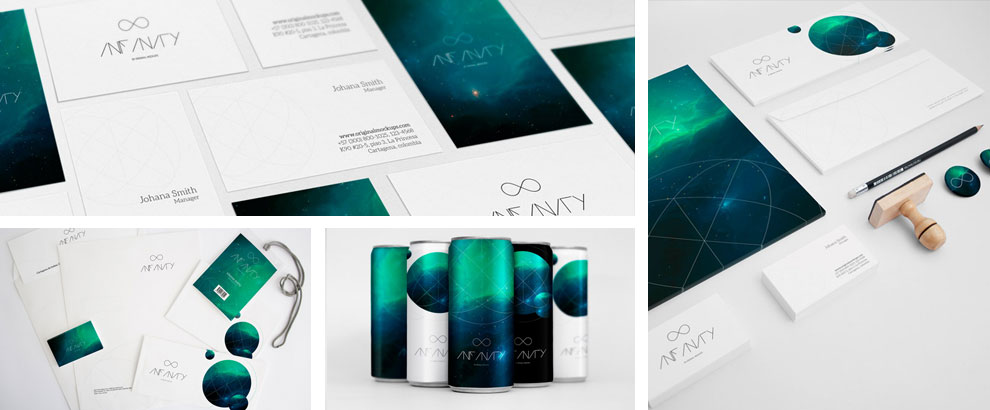

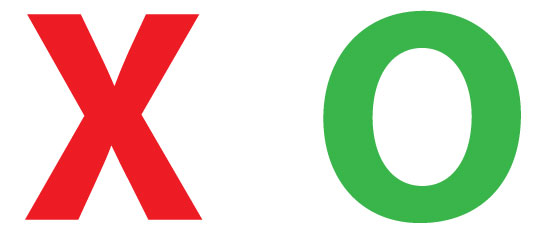



 Grant Wright
Grant Wright





 Corie Fiebiger
Corie Fiebiger
 Shae Geary
Shae Geary Roman Lukjanenko
Roman Lukjanenko Phelan Riessen
Phelan Riessen Katrina Early
Katrina Early Hamish Marshall
Hamish Marshall